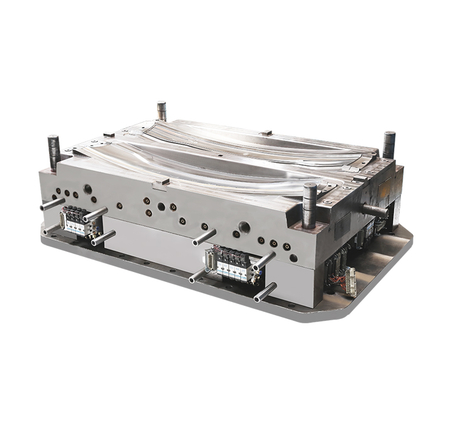Auto Lamp Mould technology has become increasingly important . Today’s lamps feature complex structures, layered patterns, and integrated lighting elements that require high-precision moulds. These moulds not only shape the visual identity of a vehicle but also support functional performance in areas such as visibility, structural durability, and environmental resistance.
One of the primary goals in creating an Auto Lamp Mould is ensuring dimensional accuracy. Automotive lamps must fit tightly against the body panel, aligning with mounting brackets and sealing surfaces. Inaccurate moulds can lead to water leakage, vibration, or uneven gaps that reduce the overall appearance of the vehicle. Engineers use simulation tools to predict deformation and refine cavity geometry before production to reduce these issues.
Material behavior also plays a significant role. Transparent plastics used in lamp lenses must resist scratches, heat, and long-term exposure to sunlight. The mould must be designed to guide these materials smoothly into place, supporting a uniform thickness that maintains clarity. Uneven filling can create internal stress, which may lead to cracks or cloudiness. A well-designed mould reduces such risks and supports long service life.
Many lamps include complex reflectors, decorative trims, and multi-layered structures. Auto Lamp Mould designers must incorporate these elements without compromising manufacturing stability. This often requires multi-cavity systems, special inserts, or movable parts within the mould. These mechanisms help shape deeper contours or sharp transitions that contribute to modern automotive styles.
The surface finish is another area of focus. Lamps rely on clean, smooth surfaces to ensure that emitted light performs as intended. Even minor defects can create visual distortions. Mould surfaces undergo polishing or texturing processes depending on the desired optical effect. A high-quality finish supports consistent appearance and enhances the lamp’s interaction with both internal and external light sources.
To maintain efficient production, an Auto Lamp Mould must also support balanced pressure and temperature distribution. Designers plan cooling channels and venting paths to ensure that molten material fills the cavity evenly. This stability minimizes production defects and reduces the need for secondary finishing procedures. As a result, manufacturers can rely on a steady flow of components that meet quality goals.
Durability is essential because moulds operate in demanding conditions. Repeated cycles of injection require strong materials and reinforced structures within the mould. Proper maintenance and thoughtful engineering extend the useful life of the mould and support smooth manufacturing operations.
In summary, an Auto Lamp Mould is a vital element in the creation of modern automotive lighting. Its accuracy, durability, and detailed craftsmanship influence how each lamp performs once it reaches the road.



